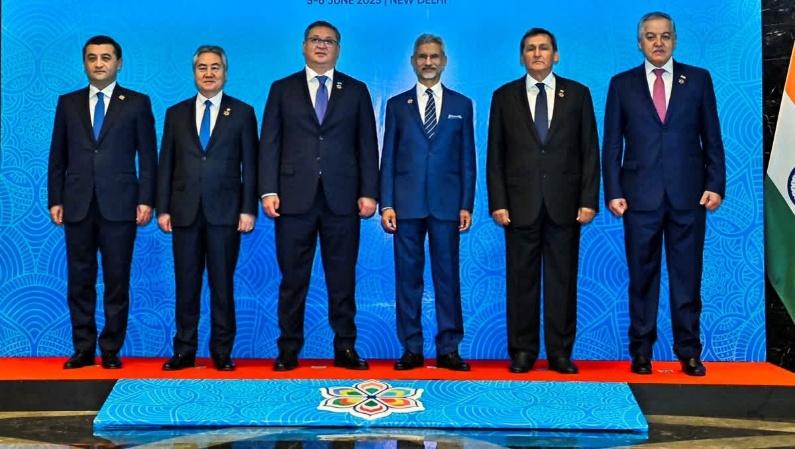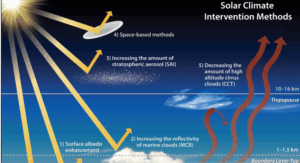
Why In News:
Under the leadership of EAM Dr. S. Jaishankar, India hosted the 4th India-Central Asia Dialogue in New Delhi.
The conclave’s main topics were connectivity, counterterrorism, key minerals, regional security, and economic integration with the five Central Asian countries.

What It Is
The India–Central Asia Dialogue is a multilateral forum for structured engagement between the foreign ministers of India and the five Central Asian nations—Kazakhstan, Kyrgyz Republic, Tajikistan, Turkmenistan, and Uzbekistan. Launched in 2019 at Samarkand, this dialogue seeks to strengthen strategic, political, and economic ties, with a vision rooted in shared history, culture, and mutual interests.
Core Objectives
- Enhance cooperation in trade, transport, security, energy, IT, and healthcare.
- Promote people-to-people ties through cultural and educational exchanges.
- Serve as a platform for regional stability and sustainable development.
Highlights of the 4th India–Central Asia Dialogue
The latest edition of the Dialogue delivered significant outcomes across multiple domains:
1. Counter-Terrorism Cooperation
Participants condemned the Pahalgam terrorist attack and reiterated the urgency of adopting the UN Comprehensive Convention on International Terrorism.
2. Rare Earth & Critical Minerals
Joint interest was expressed in exploration and investment in critical minerals. The Second India–Central Asia Rare Earth Forum will be convened to accelerate cooperation in this strategic sector.
3. Connectivity & Trade Facilitation
There was strong backing for the International North-South Transport Corridor (INSTC) and Chabahar Port. Notably, support was extended for Uzbekistan and Turkmenistan’s inclusion in INSTC, enhancing regional trade integration.
4. Financial and Digital Integration
The Dialogue emphasized improving digital payment systems, interbank linkages, and conducting trade in national currencies to reduce dependency on external financial systems.
5. Health & Traditional Medicine
Discussions advanced on Universal Health Coverage, medical tourism, and the inclusion of traditional medicine in healthcare frameworks.
6. Energy & Technology Partnerships
There was renewed focus on India Stack, digital governance, International Solar Alliance, and biofuel cooperation to build resilient, green economies.
7. Support for India’s Global Role
Central Asian partners reaffirmed their support for India’s permanent membership in the UNSC and its enhanced role in global platforms like the SCO and the UN.
Challenges in India–Central Asia Relations
Despite shared interests, several structural and geopolitical barriers hinder full realization of India–Central Asia cooperation:
- Geographical Disconnect: Absence of direct land borders and Pakistan’s refusal of transit hampers overland trade.
- China’s Strategic Clout: Beijing’s Belt and Road Initiative (BRI) dominates infrastructure investments and regional trade.
- Afghanistan Instability: Security challenges in Afghanistan obstruct trans-regional connectivity projects.
- Low Bilateral Trade: Trade volume remains under $2 billion (2022–23), far below potential.
- Language and Bureaucratic Hurdles: Regulatory misalignments and lack of cultural familiarity slow progress.
The Way Forward
To overcome these limitations and unlock the full potential of this partnership, India must adopt a multi-pronged approach:
- Boost Chabahar & INSTC: Operationalize Shahid Beheshti Terminal, and facilitate smooth transit via TIR Convention protocols.
- Advance Digital Diplomacy: Promote India Stack and DPI models for joint tech-governance ventures.
- Strategic Energy Collaboration: Finalize critical mineral agreements and foster green energy research.
- Deepen People-to-People Links: Expand ITEC training, language programs, and higher education scholarships.
- Institutionalize Cooperation: Set up regular Joint Working Groups on counter-terrorism, health, fintech, and climate resilience.






